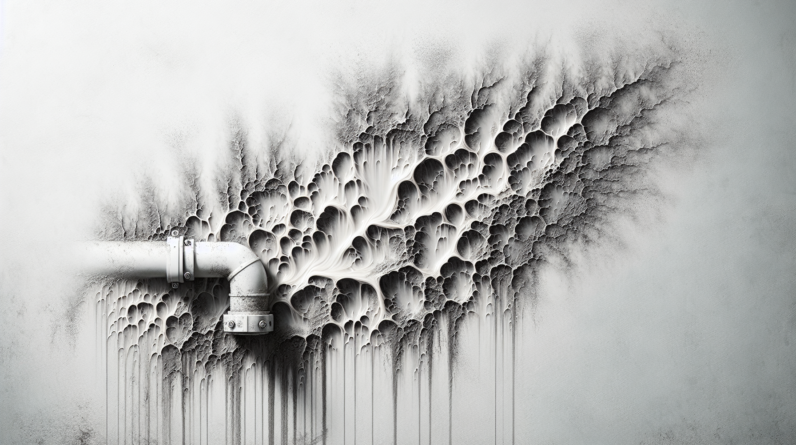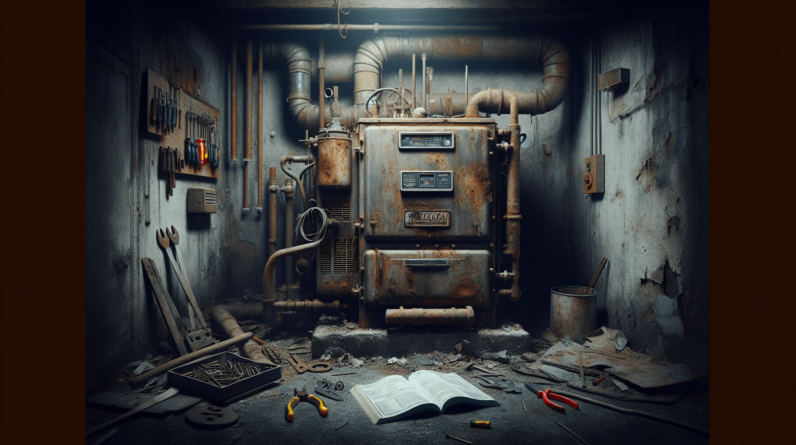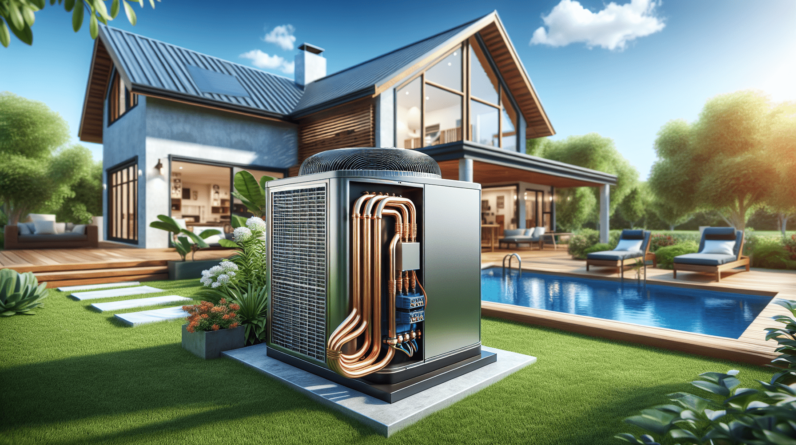

If you ever notice an unexplained increase in your water bill, damp or discolored spots on walls or ceilings, or the sound of running water when all faucets are off, chances are you may have a leaking pipe. Leaking pipes can cause a variety of issues in your home, from water damage to mold growth. In this article, we will explore the common signs that indicate a leaking pipe, enabling you to take prompt action and prevent further damage to your property. Whether you’re a homeowner or a renter, understanding these signs can help protect your space and ensure the efficient use of water.
1. High Water Bill
Have you noticed a sudden increase in your water bill recently? If your water usage habits haven’t changed significantly, a higher than usual water bill could be a strong indication of a leaking pipe. Leaks can waste a significant amount of water over time, causing your bill to skyrocket. Ignoring a high water bill not only hits your wallet but also contributes to water wastage, which is not sustainable for the environment. So, if you’ve been scratching your head wondering why your bill is higher, it’s time to investigate further.
2. Water Stains and Discoloration
Water stains and discoloration on your walls or ceilings are a clear sign that you might have a leaking pipe. These stains are often yellowish or brownish in color and can appear in irregular patterns. If left unaddressed, these unsightly blemishes can not only ruin the appearance of your home but also lead to structural damage. It’s essential to pinpoint the source of the leak and fix it promptly to prevent further water damage and potential mold growth.
3. Musty Odor
Have you noticed a musty or stale smell lingering in certain areas of your home? This unpleasant odor can indicate the presence of hidden water damage caused by a leaking pipe. The damp environment created by the leak provides the perfect breeding ground for mold and mildew, which can release these distinct odors. If you’ve been trying to mask the odor with air fresheners to no avail, it’s time to investigate for any underlying plumbing issues.
4. Mold and Mildew
Alongside the musty odor, the growth of mold and mildew is another prominent sign of a leaking pipe. Mold typically thrives in damp, dark environments, making hidden pipe leaks an ideal breeding ground. As these fungi reproduce, they release spores into the air, which can be harmful if inhaled. In addition to the potential health risks, mold and mildew can cause significant damage to your home’s structure and can be extremely difficult and costly to remediate. Taking immediate action to address any signs of mold growth is crucial to maintaining a safe and healthy living environment.
5. Dripping Sounds
Is there a constant dripping sound that you can’t seem to pinpoint? If you hear dripping sounds even when all faucets are turned off, chances are you have a hidden pipe leak. These leaks may occur within your walls, under your flooring, or even in your ceiling, making them challenging to locate without professional assistance. Ignoring the dripping sound can lead to further damage and potentially escalate the repair costs. Don’t let the mystery drip keep you awake at night, take action and investigate for any hidden leaks.
6. Wet or Damp Areas
Discovering wet or damp areas where they shouldn’t be is a significant cause for concern. If you find such spots on your walls, floors, or carpeting, it’s likely that you have a pipe leak nearby. These wet patches are often a result of water seeping through cracks or openings in pipes, causing damage to the surrounding areas. It is important to address these wet or damp areas promptly to prevent further water damage and the potential for mold growth.
7. Decreased Water Pressure
Has the water pressure in your home suddenly become weaker? While various factors can contribute to decreased water pressure, a leak in your plumbing system is one of the leading culprits. A hidden pipe leak can disrupt the normal flow of water, resulting in reduced pressure when you turn on faucets or showers. If you’ve noticed a significant change in water pressure throughout your home, it’s worth investigating possible leaks that could be affecting your plumbing system’s performance.
8. Cracked or Bulging Walls
When a pipe leak goes undetected or unaddressed for an extended period, it can lead to structural damage in your home. One of the visible signs of this damage includes cracked or bulging walls. The constant presence of moisture from a leaking pipe can cause the surrounding materials to weaken and deteriorate, resulting in these physical changes to your walls. It’s crucial to address these warning signs promptly to prevent further damage and potential safety hazards.
9. Pools of Water
One of the most obvious signs of a leaking pipe is the presence of pools of water around your property. Whether you find standing water in your basement, under sinks, or in crawl spaces, these puddles indicate a significant leak that needs immediate attention. Pools of water not only pose a risk of flooding and water damage but can also create a slippery and unsafe environment for you and your family. If you come across any large or recurring pools of water, it’s imperative to act quickly to identify and fix the source of the leak.
10. Unexpected Increase in Humidity
Lastly, a sudden and unexplained increase in indoor humidity levels can be a signal of a hidden pipe leak. As the water evaporates from the leak, it adds moisture to the air, causing an uncomfortable, sticky feeling indoors. Besides personal discomfort, high humidity levels can create an ideal habitat for mold and mildew growth, impacting both your health and the integrity of your home. If you’ve been battling excessive humidity without any apparent explanation, it’s wise to investigate for any potential leaks that may be contributing to the issue.
In conclusion, recognizing the signs of a leaking pipe is crucial to mitigate potential damage and avoid unnecessary expenses. From a high water bill and water stains to musty odors and mold growth, every indication should be taken seriously. If you notice dripping sounds, wet areas, decreased water pressure, cracked walls, pools of water, or unexpected increases in humidity, it’s essential to act promptly. Contacting a professional plumber to locate, diagnose, and repair the leak is the best course of action to protect your home, your health, and your wallet. So, stay alert, be proactive, and don’t let a leaking pipe dampen your peace of mind or your home’s integrity.






